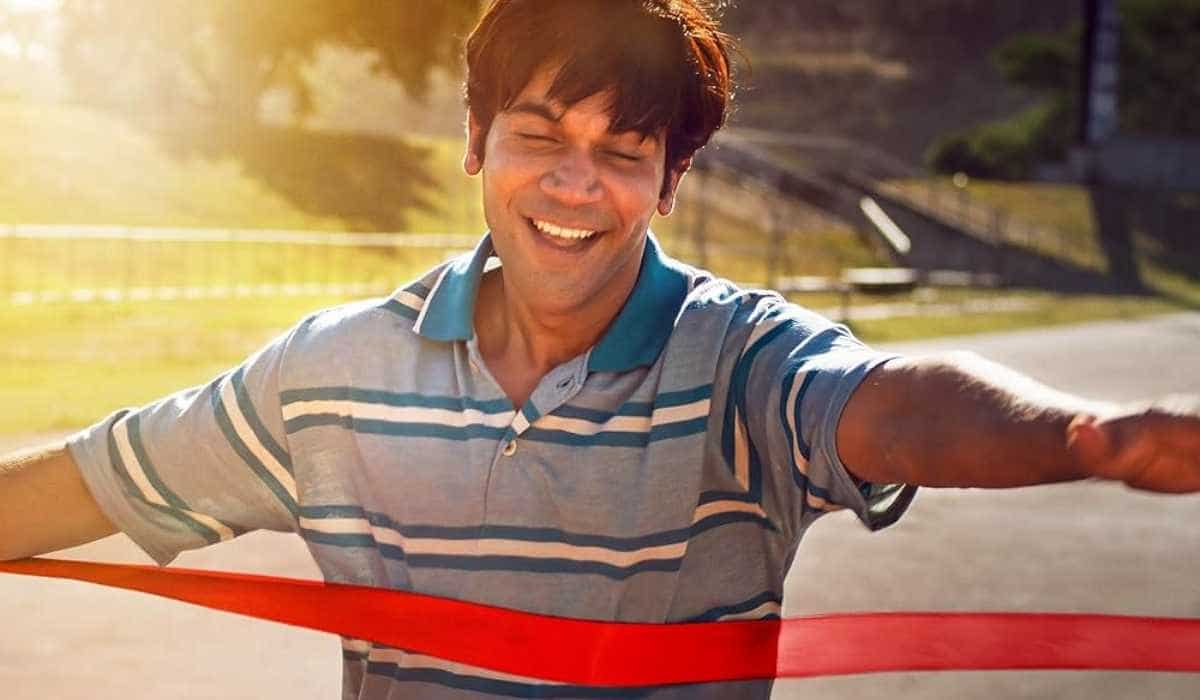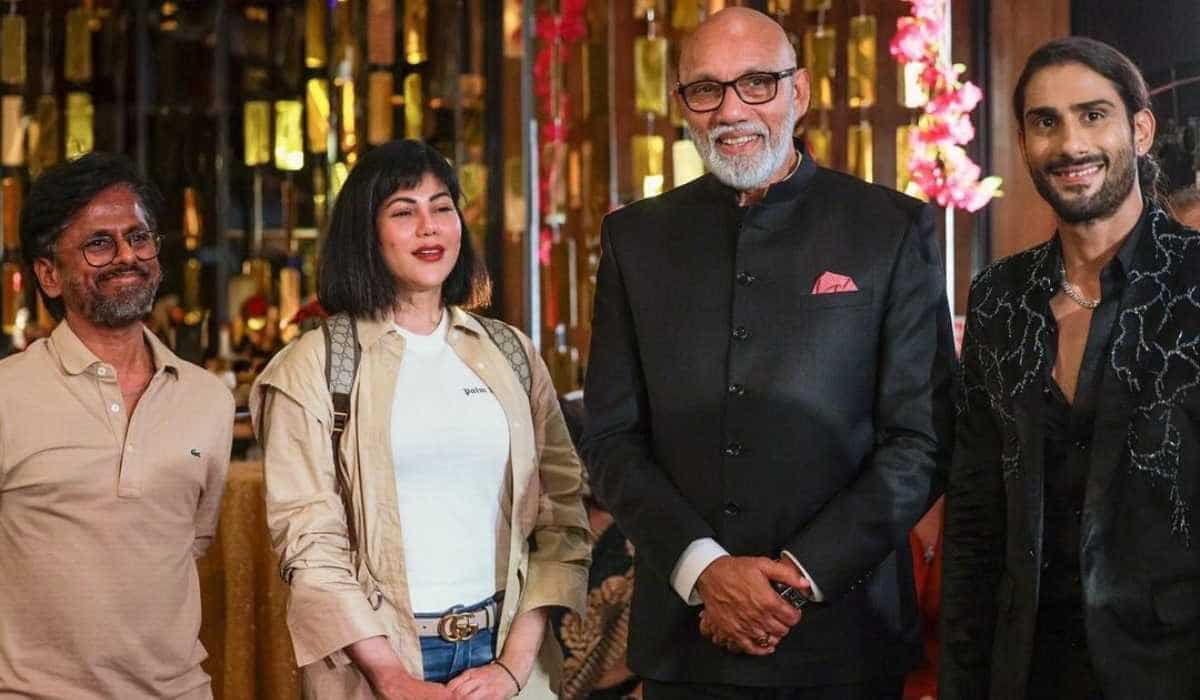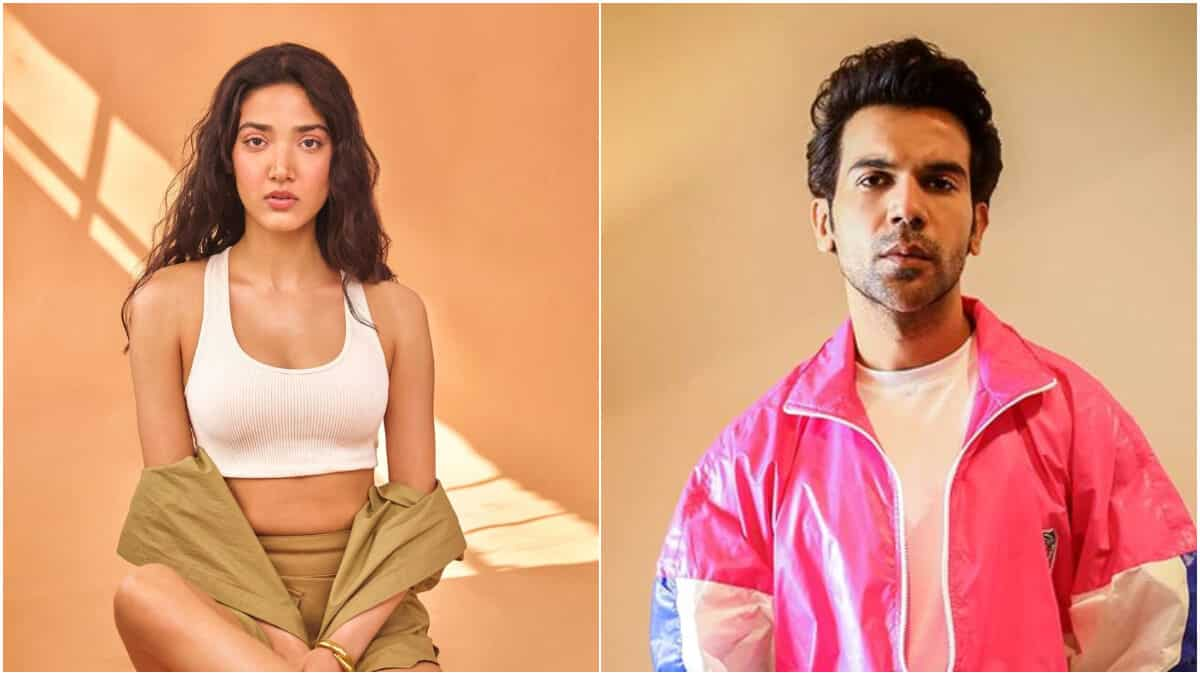
A walk to remember: Rewind to India’s first fashion week 25 years ago
1 month ago | 31 Views
“l actually worked on some girl’s makeup while she was passed out on the floor because she had partied so hard!” says Ambika Pillai. The makeup artist was backstage at the very first Lakmé India Fashion Week, held 25 years ago, in August 2000, at Delhi’s Taj Palace hotel. “The girls knew how to have fun,” says Pillai of the models. “We had a blast every night at the after-parties. Carol Gracias, Bhavna Sharma, Nayanika Chatterjee, Joey Matthew …All of them.”
They certainly had reason to celebrate. The event, featuring 33 designers over five days, was Indian fashion’s first step towards being taken seriously. A fashion week, after all, isn’t just about sending models down the runway, it creates a calendar for collections to work around, it’s a tool to showcase what Indian designers can do, it puts our creations on the global map, generating actual business.

Pillai and Cory Walia prepped the models; hair and makeup. Ranna Gill opened the first show, “with a lot of floral elements on pants, dresses, jackets and bralettes,” the designer recalls. Monisha Jaising and Sunit Verma followed. “I think I created history,” says Gill, whose label was only four years old at the time. “It was a matter of pride for me. We didn’t know the giant that India Fashion Week would become.”
A quarter of a century on, India now hosts multi-day events, some dedicated to just bridalwear, jewellery, men’s fashion and couture. “Practically every city has its own little wannabe event,” says fashion consultant Prasad Bidapa. Lakmé Fashion Week in partnership with FDCI (Fashion Design Council of India), remains the biggest. It’s established Tarun Tahiliani, Ritu Kumar, Neeta Lulla, Rohit Bal, Wendell Rodricks and Raghavendra Rathore among a few others as the OGs. It’s launched heavyweights such as Sabyasachi Mukherjee, Rahul Mishra, Gaurav Gupta, and Manish Malhotra.
But for many who were involved in the first extravaganza, the memories are a blur of excitement and madness. Take a look.

First fittings
Anil Chopra, who served as CEO of Lakmé (a Hindustan Lever brand at the time, and the event’s main sponsor), sums up the mood in two words: Excitement and chaos. “The excitement came from being part of India’s first fashion week, and the chaos backstage; it’s always a zoo!”
The shows started off with little fanfare. “There were no movie stars at the time — just well-to-do society people from Delhi that the designers invited,” Chopra says. “But by the third day, people were clamouring for invites.”
Sunil Sethi, current president of the Fashion Design Council of India, was a buyer at that first fashion week, representing London’s Selfridges, among other stores. He remembers being in awe of the big names, “designers we heard about or saw on entertainment pages”. Each of them was keen to have their work stocked internationally.
“Everyone was just excited to be a part of this landmark moment,” says Lubna Adam, who directed the first shows and has been part of every India Fashion Week since. “It was high tension because we had to set the format for the following years. Had we got it wrong, the whole thing would have fallen apart.”

Cutting it fine
Fashion journalists tried to make sense of it all. Reporting from the era tends to describe all models as svelte (to be fair, they were quite thin); they refer to the runway as the catwalk; and use “diaphanous silhouettes” as a catchall term for light flowy styles.
But behind the scenes, the experts were in top form. “I remember Nayanika telling me, ‘Ambu, you have only seven minutes for makeup and hair!’” Pillai recalls. “She actually put a timer on my table and used it to time me for each girl as I worked on them!” Designer Manish Arora insisted that Pillai do the makeup for the models in his show, even though he had been assigned a different team. “I actually did it for free because they paid the other team for his show!”
Sampada Inamdar, who modelled for some of the shows, shudders as she recalls how harrowing it would be to get ready. “We had to fight for a seat. Everyone would want their hair and makeup done last, so they didn’t have to be made up for too long,” she says. “There were moments where we’d have 50 pins in our hair all day. This bit wasn’t fun at all!”
Model Aditi Govitrikar says the top models did two to three shows every day “at a discounted fee” and had to change their hair and makeup for each one because no designer wanted to repeat a look. “We had to wash everything off and move to the next show immediately. That was really taxing! I even remember wearing a short-haired wig for one show,” she says.

Everything on display
And what of the clothes? Much of the week’s collections focused on prêt, steering clear of the bridal and couture works that are fashion-week mainstays now. “The big designers had pulled out all the stops: Rohit Bal, Neeta Lulla, Tarun Tahiliani and other senior designers showed some stunning clothes,” says Bidapa, who reviewed fashion collections for a newspaper at the time.
Tahiliani, an established name even then, had just started working on his now-legendary drapes. “I used these crinkle fabrics to show different forms of draping, but we didn’t do it the way we do today,” he says. There was graffiti-style street wear by Aki Narula and peasant blouses designed by Monisha Jaising. Sethi recalls exporting Rohit Bal’s khadi shirts worth ₹2,500, and Rajesh Pratap Singh’s bandhgalas. “I didn’t have any then, and they were hugely popular in the West,” he says.
Bidapa admits with a laugh that his harsh reviews meant he lost a lot of friends. “Some of our best designers, like Rohit Bal and Neeta Lulla, showed beautiful collections, properly conceptualised and presented to perfection,” he says. “A few weren’t prepared for the harsh spotlight of public opinion being trained on them.”

Edging towards an endgame
Adam, Chopra and Tahiliani all recall how much fun they had planning the closing show, which featured Wendell Rodricks, Tahiliani and Raghavendra Rathore. “In fact, we started planning the fashion week with the finale,” says Adam. “Tarun came up with the idea of a kaleidoscope, to have the models walking through a tunnel of mirrors, and Sumant Jayakrishnan was brought on board to design the set.”
They had only days to add the dramatic pyramid-like structure to the set design. “We had a meeting about it at around 1.30 am,” Tahiliani recalls. “We thought of it more as an artistic venture than about making and selling clothes.”
They pulled it off. “Whatever we showed on the ramp was sold right off the backs of the models,” says Gill. Sethi adds that with a fashion week, designers were able to sell 30-50 pieces to wholesalers. “Agents started pouring in from across the world, and it got them the international exposure that was missing earlier.”
Ravi Krishnan, chairman and co-founder at Stepathlon Lifestyle, was then the managing director of IMG South Asia, the regional arm of the event management firm that organised fashion weeks in New York and Australia. He says that Lakmé India Fashion Week was not just successful, but profitable from the get go. “So, I took the responsibility of making sure everyone had some fun,” he says. “We’d have parties in this large IMG suite at the Taj. I’d often wake up to find people still asleep in my room the next morning!”
Inamdar says she met her husband, James Stewart, who worked with IMG then, at one of these parties two years later. “It was the opening night party at The Imperial, New Delhi. Aditi actually introduced me to him. She couldn’t understand him because of his strong Australian accent! That’s how we met, so Fashion Week has always been a reminder of this moment for me.”

High points in high heels
2006: Lakmé and the FDCI part ways after the cosmetics brand deems the sponsorship demands “unreasonable” as Chopra recalls. Lakmé continues with a separate fashion week in Mumbai. Wills Lifestyle and the FDCI operate India Fashion Week in Delhi from 2006 to 2014. “This fractured the fraternity and led to a Delhi versus Mumbai divide not just for designers but also for talent such as the models,” says Chopra.
2007: Fashion gets a shot in the arm from Bollywood as Manish Malhotra ropes in actors Kajol and Preity Zinta to close the show. Movie stars also fill the front row at fashion events. Today, actors are the big draw, often eclipsing the event they’re promoting.
2009: British supermodel Naomi Campbell walks at a charity show to raise funds for Citizens for Justice and Peace, in the wake of the 26/11 terror attacks in Mumbai. Chopra says this was also to draw wary audiences back to Mumbai following the attacks. “It created a huge buzz.”
2010: Designers from Delhi and Mumbai finally patch up, with 20 of them coming together for the 10th year of Lakmé Fashion Week. “We didn’t realise the long-term consequences of the fracture back then, when we were all young and hot headed,” recalls Tahiliani.
2016: “ FDCI started to have two fashion weeks instead of one — spring/summer and fall/winter — to be part of the international calendar, as fashion became less of a taboo,” says Sethi. “Everyone from industrialists to lawyers now considers it a matter of pride to be seen at a fashion week.”
2020: “When the world was still considering taking fashion week virtual in the pandemic, FDCI just went ahead and did it,” says Sethi. “It was very profitable for two reasons. One, Indian designers realised their talent for filmmaking and found another creative way to express themselves and to take their products to the world, and generate business. Second, designers set up and bore the expenses for their own studios, cutting costs immensely.”
Read Also: cannes 2024: urvashi rautela walks the red carpet in strapless red shimmery dress. watch

















